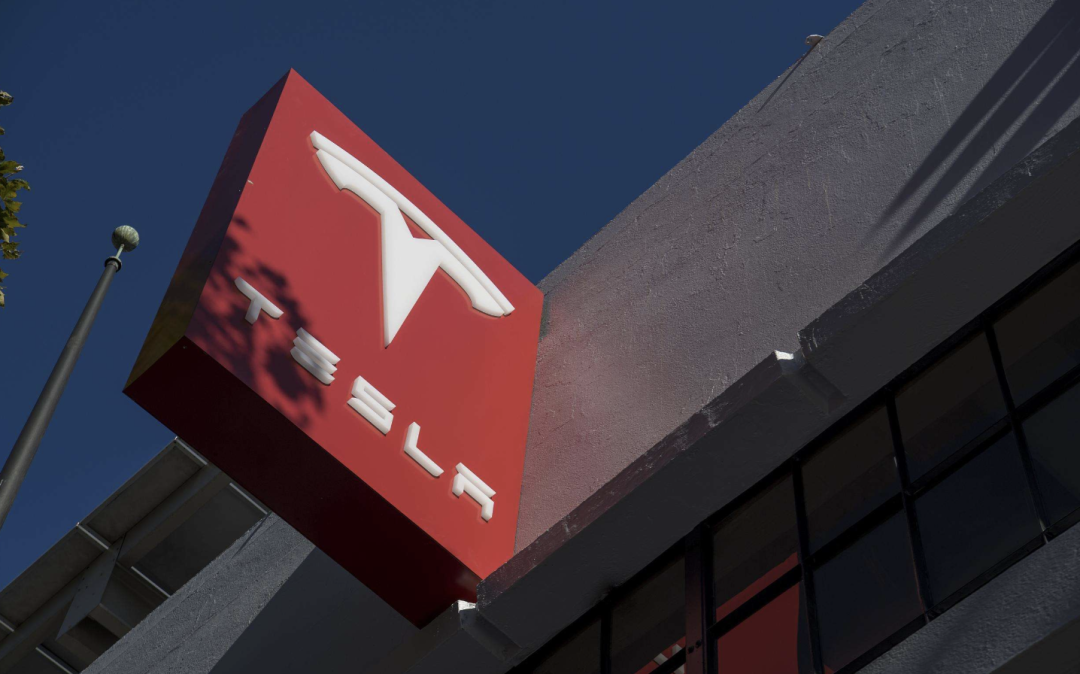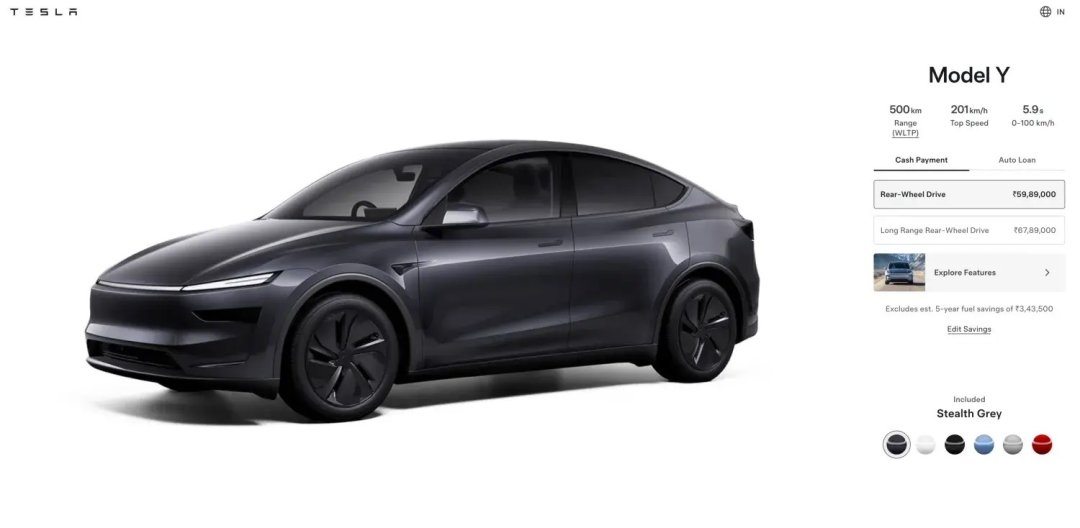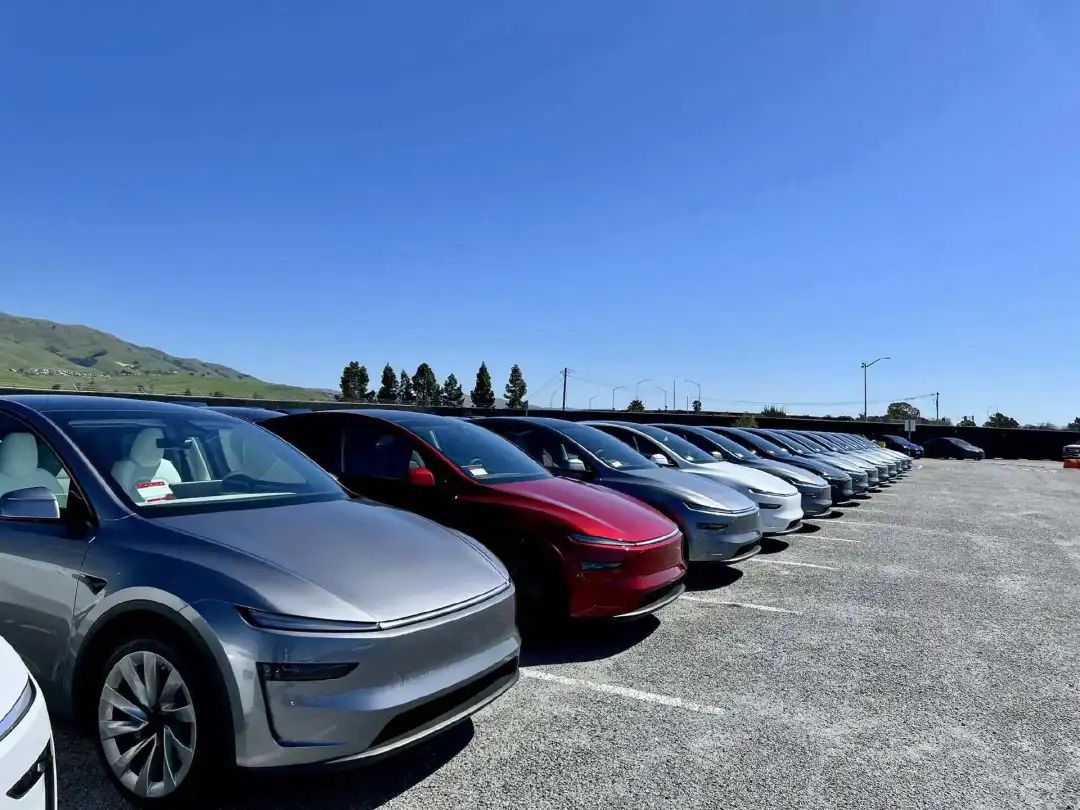Tesla Model Y Debuts in India with a Starting Price of 500,000 Yuan
![]() 07/18 2025
07/18 2025
![]() 624
624

A populous nation doesn't always equate to an electric vehicle powerhouse.
Author|Zaizhou
Yesterday, Tesla opened its first showroom in Mumbai, India, marking Musk's long-awaited entry into the Indian market after nine years of efforts.
However, the timing couldn't be more delicate.
On one hand, Musk's recent spat with Trump has left the two at loggerheads. On the other, Tesla's sales are facing an overall decline, forcing the company to explore new growth avenues amidst dual challenges.
The Indian market holds immense potential, but Tesla's pricing strategy isn't very welcoming to most Indians.
The starting price is equivalent to 500,000 yuan.
01 The Indian Electric Vehicle Market Remains Largely Untapped
The Model Y displayed in Tesla's Indian showroom was shipped from the Shanghai Gigafactory in China.
The rear-wheel-drive Model Y is priced at 5.989 million rupees, roughly equivalent to 500,000 yuan, while the long-range rear-wheel-drive variant costs 6.789 million rupees, around 566,000 yuan.

This pricing includes government tariffs, surcharges, transportation, and certification costs, making it the highest among major global markets.
Who is this pricing aimed at?
Last year, India's per capita GDP was $2,696, compared to China's $13,400. The disparity in electric vehicle market share is even more stark. In 2024, China's new energy vehicle penetration rate hit 40.9%, while India's electric vehicle sales accounted for only 4% of total sales, with luxury car sales making up just 1%.
This market of 1.4 billion people is still in the nascent stages of new energy vehicle adoption, and the Model Y's pricing isn't very enticing.
Currently, India's automotive market is dominated by fuel motorcycles. Even within the realm of new energy, it's primarily two-wheeled electric vehicles. Furthermore, the charging infrastructure is woefully inadequate. Last year, Delhi, India's capital, had a charging pile density of only 0.5 per square kilometer, a stark contrast to Shenzhen's cumulative number of over 420,000 charging piles.
Indian consumers will inevitably vote with their feet, leading to a vicious cycle: poor experience – reluctance to buy cars – automakers adopting a wait-and-see approach – high initial car prices – further dampening purchasing intent.
Of course, the local government aims to promote industrial transformation, but the protectionist tariff system aimed at nurturing local enterprises has chilled the enthusiasm of many foreign enterprises.
To expand its footprint, Tesla once considered building a factory in India. Negotiations between the two sides date back to 2016. However, due to high tariffs, Tesla's plans for an Indian factory were shelved. It seems that for the foreseeable future, Tesla will continue to sell cars in India through imports.
In reality, even if Tesla did set up a factory in India, its prices wouldn't be any lower than in China. The crux of the problem lies in India's weak new energy industry chain.
Taking key battery raw materials like lithium, cobalt, and nickel as examples, India relies heavily on imports and lacks mining capabilities. In June of this year, an automobile factory in Gujarat, India, suddenly shut down due to a lack of Chinese rare earth materials.
China controls over 90% of the global processing capacity for rare earth permanent magnets. A disruption in this supply chain could bring India's domestic electric vehicle industry to a grinding halt, which is no exaggeration.
Tesla is well aware of these challenges. Isabel Fan, Tesla's regional director, stated at the press conference, "We're here to build an ecosystem and invest in necessary infrastructure, including charging stations."
"We're starting from scratch and it will take time to cover the entire country (India)."
02 Personnel Changes, New Products, and Markets
On July 15, the Wall Street Journal reported that Troy Jones, Tesla's sales director for North America, had resigned.
Less than a month prior, Omid Afshar, Musk's senior assistant who previously oversaw all sales and manufacturing operations in North America and Europe, also stepped down.
In early June, during a new energy vehicle promotion event in rural areas, Tesla made its debut in such markets. In April, Tesla launched a lower-priced, simplified version of the Cybertruck.
Behind these developments lies a common denominator – declining sales.

In the second quarter of this year, Tesla delivered 384,122 vehicles, a 13% decrease from the same period last year. Correspondingly, performance in various regions has been lackluster.
According to data from the European Automobile Manufacturers Association, Tesla registered 13,863 new vehicles in Europe in May, a 27.9% drop from 19,227 in the same period last year. Over the past five months, Tesla's registrations in the EU plummeted from approximately 91,996 to 50,413, a year-on-year decrease of 45.2%.
In April of this year, Tesla sold 39,900 vehicles in the United States, a month-on-month decline of 20%. In the first four months of 2025, Tesla sold about 174,000 vehicles in the United States, a year-on-year decrease of 9.4%. Due to sluggish European and American automotive businesses, Tesla's first-quarter profit plummeted 71% year-on-year.
Under these circumstances, Tesla must seek new markets. While the Indian market has a weak foundation, its future prospects are promising.
By 2030, India aims for electric vehicles to account for 30% of total passenger car sales. GlobalData, a British research firm, predicts that by 2030, sales of pure electric vehicles (passenger cars) in India will exceed 1.04 million, roughly nine times the number in 2024.
Currently, India is the third-largest automotive consumer market in the world, and many Chinese automakers have already begun to make inroads, such as SAIC MG and BYD.
Tesla's entry into India is initially aimed at addressing issues of declining sales and overcapacity. In a broader context, it could even reshape the global new energy market.
Future interests drive current efforts. How much Tesla can achieve in this promising Indian market remains to be seen.
Thank you for reading this far. Feel free to share your thoughts in the comments section. Additionally, due to changes in WeChat, please follow and star "Super Electric Lab" to receive timely push notifications and let's delve into the intricacies of the automotive industry together~







